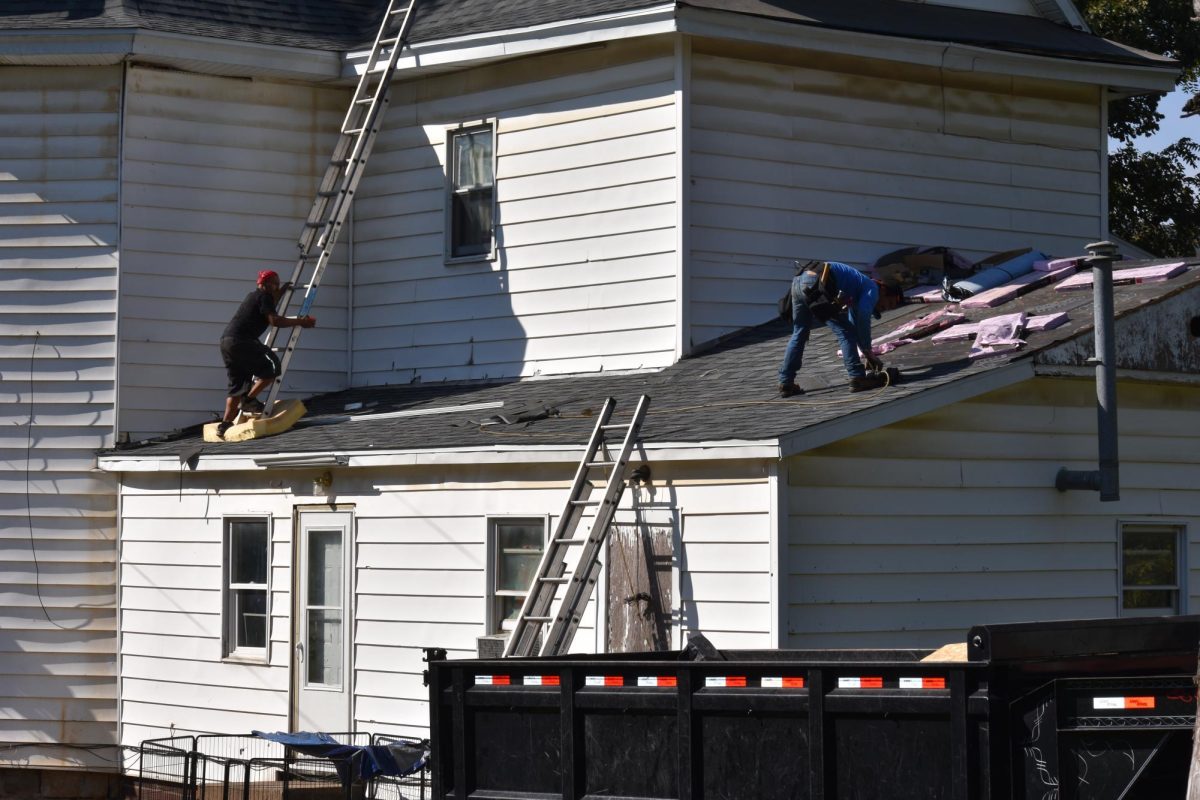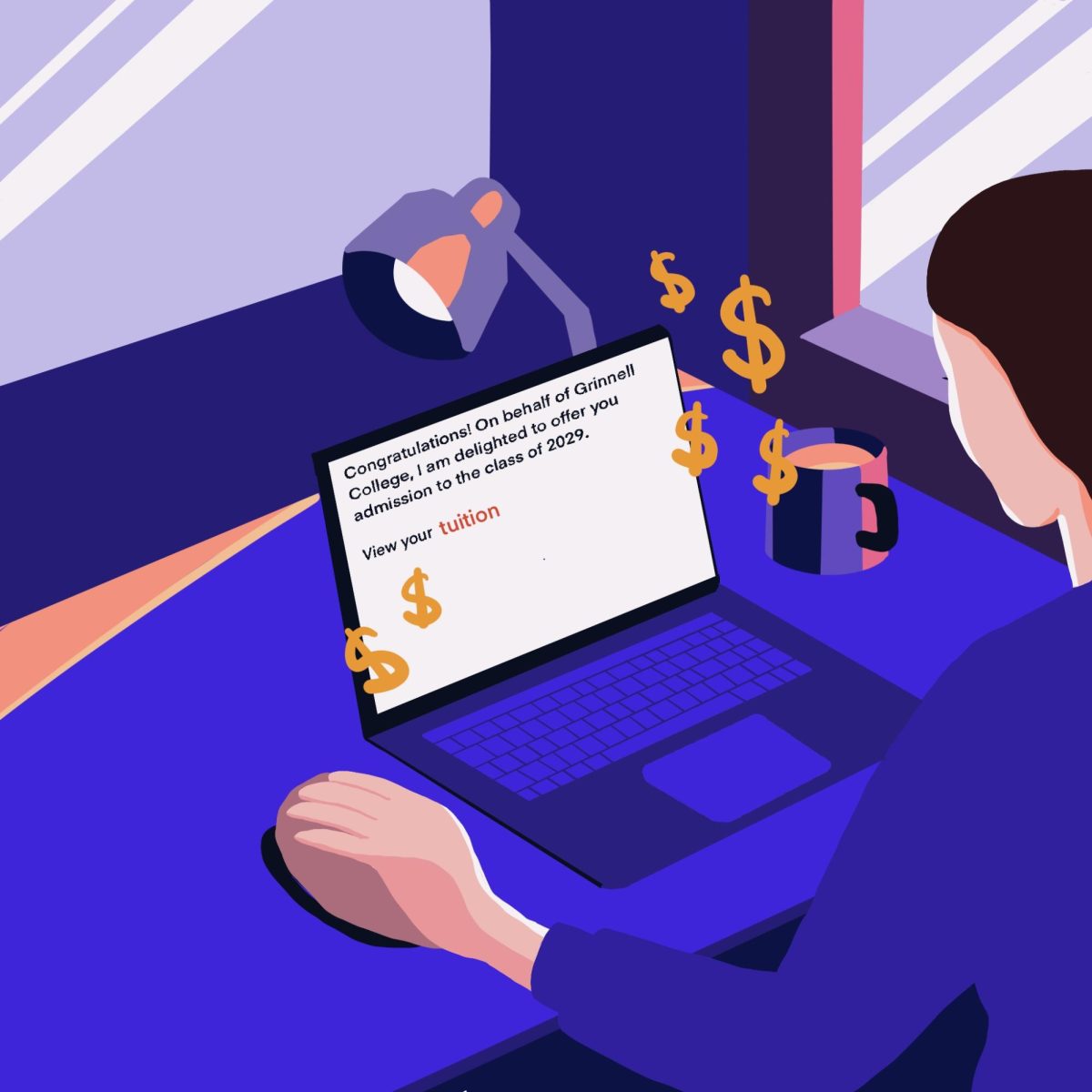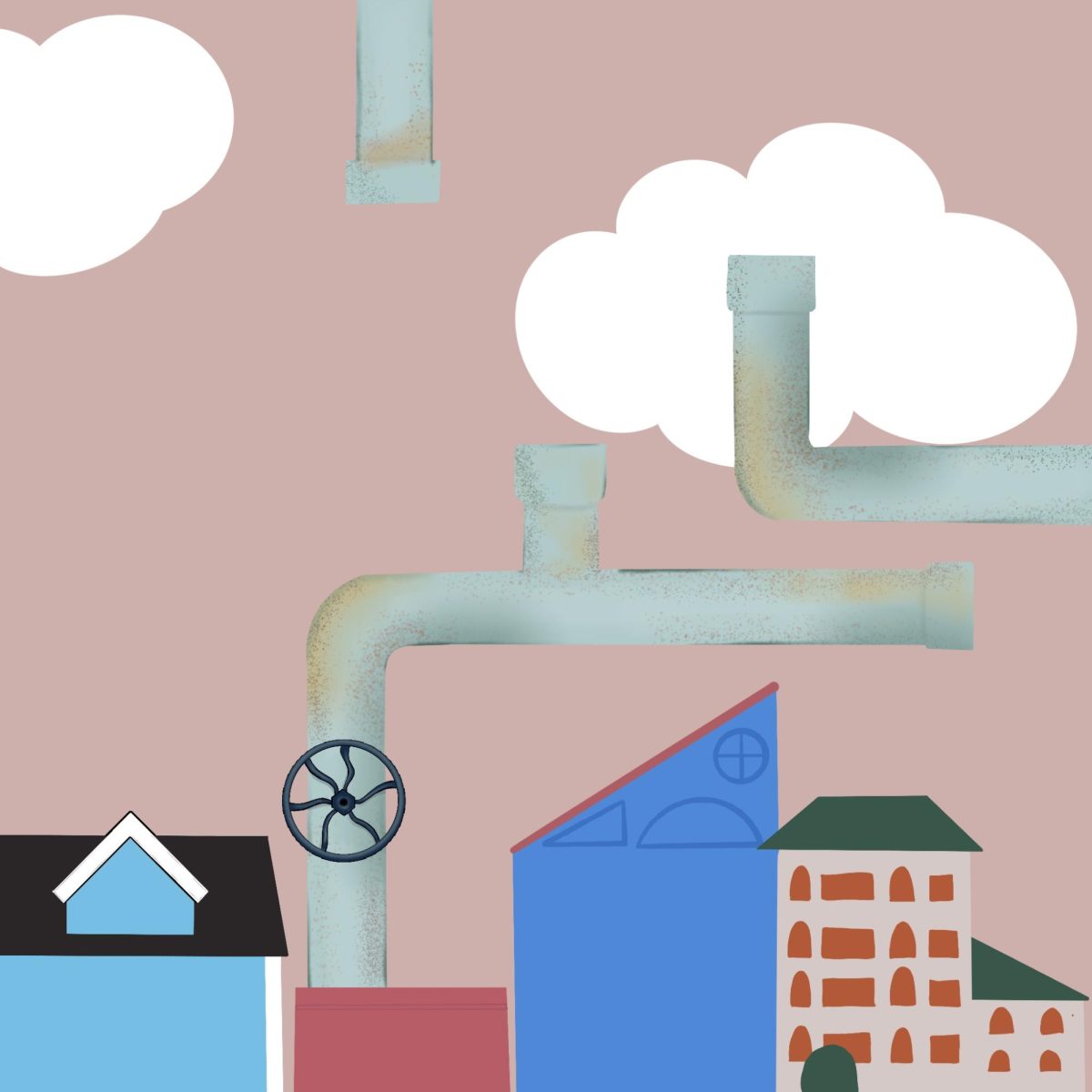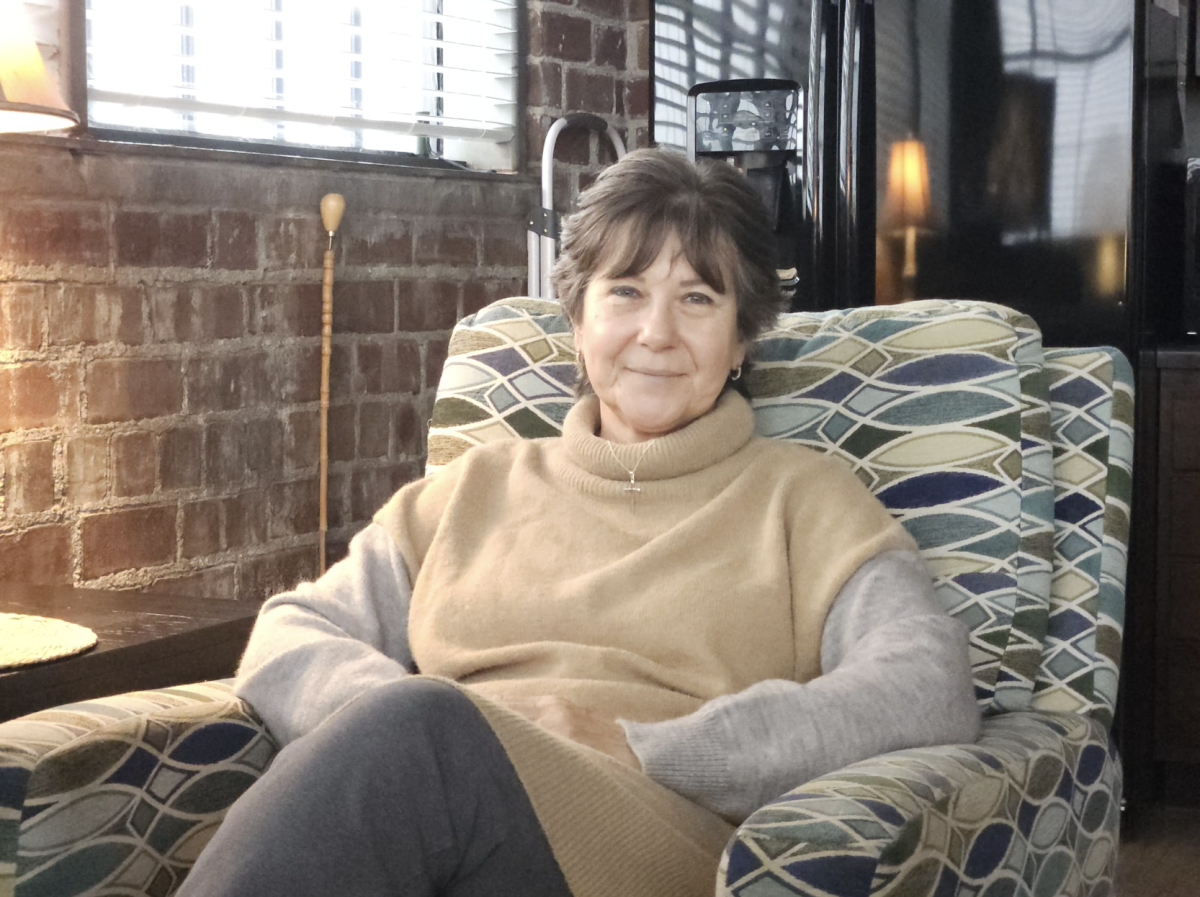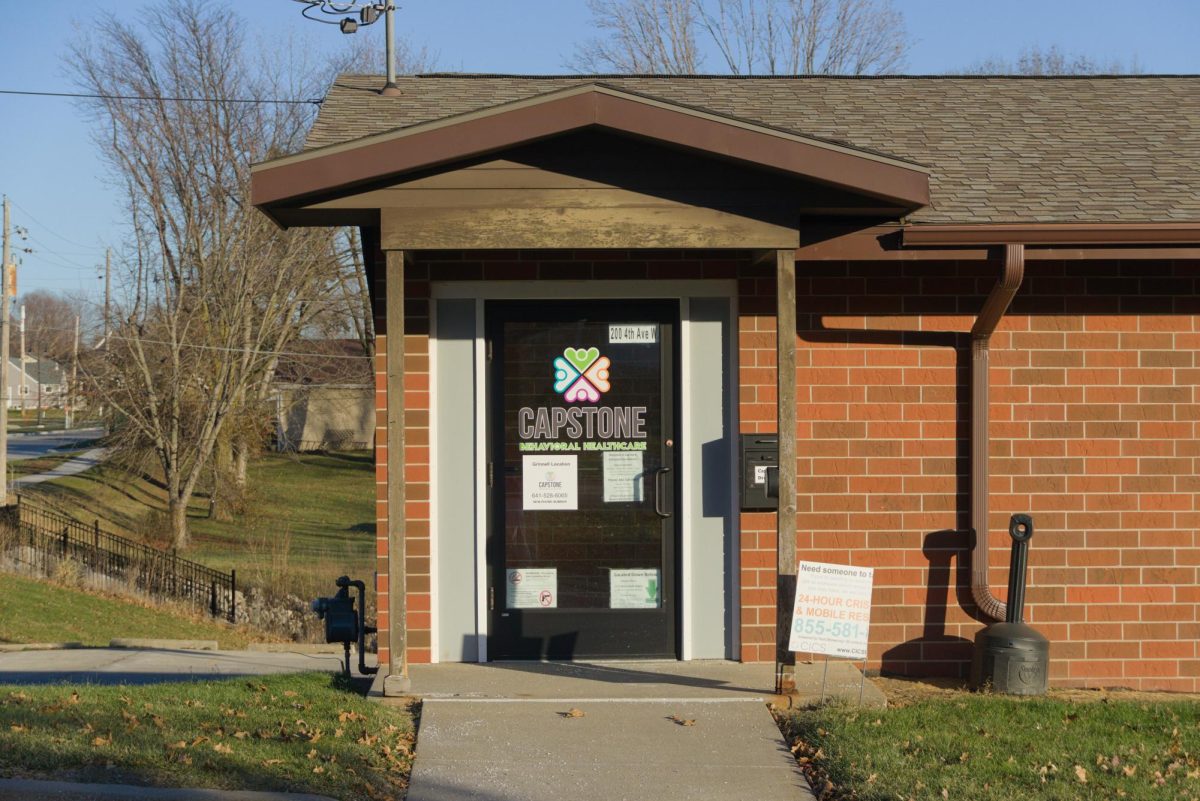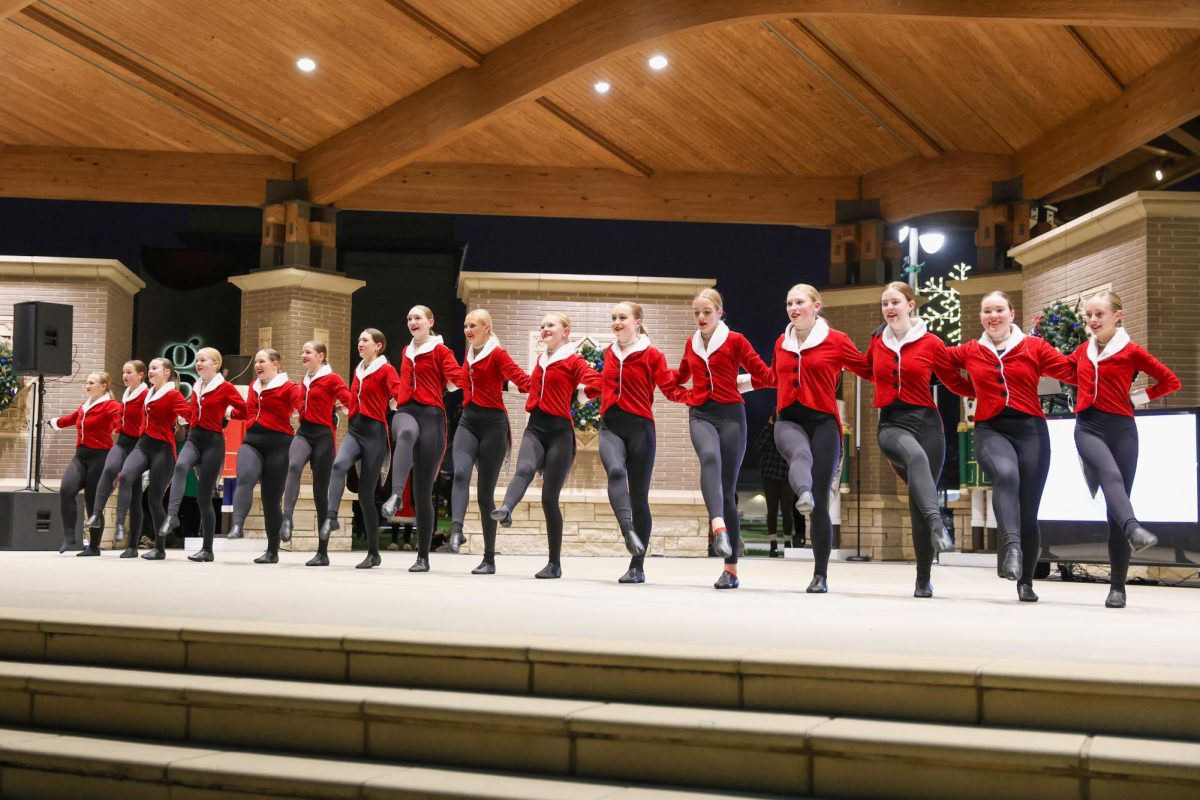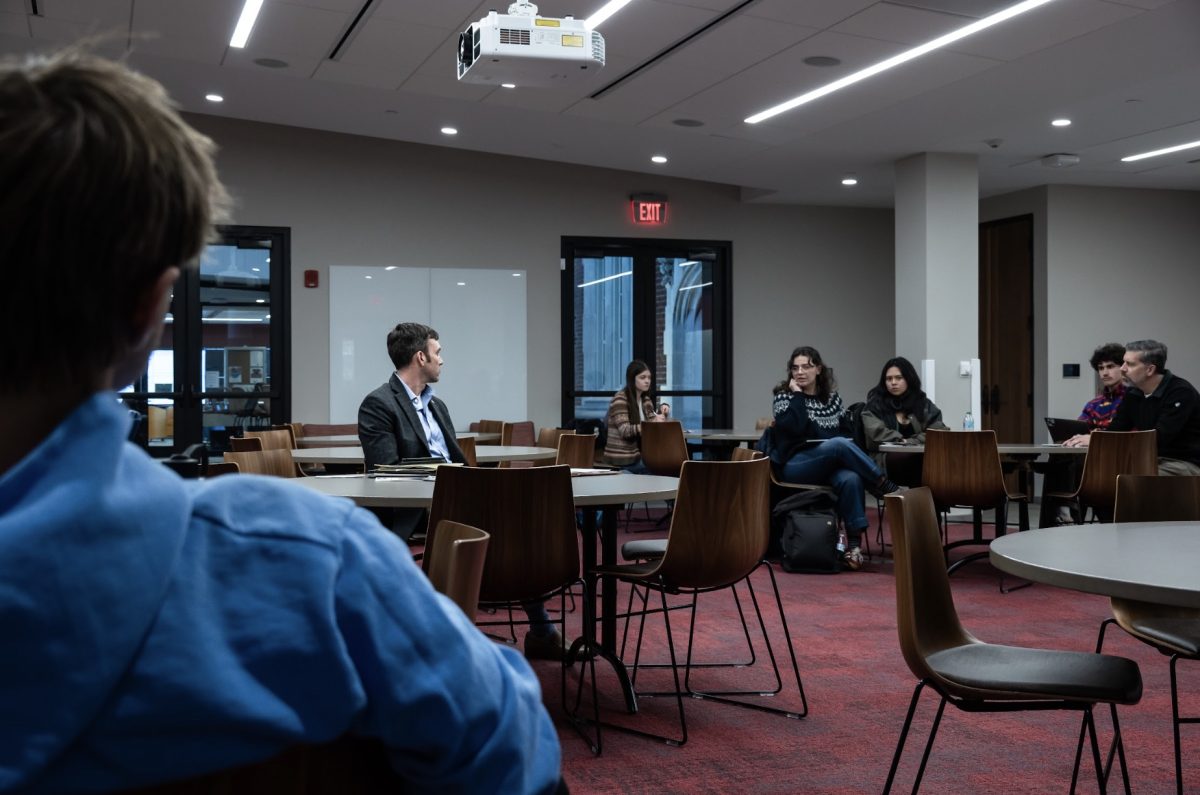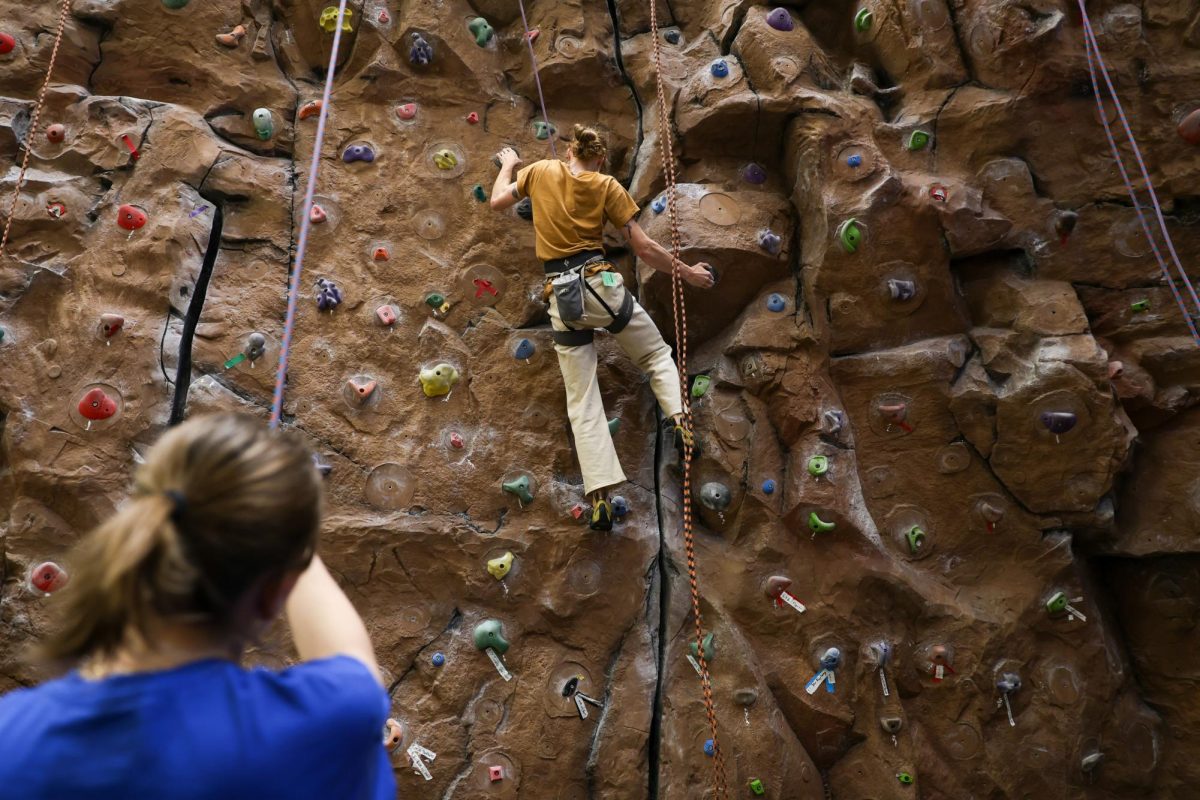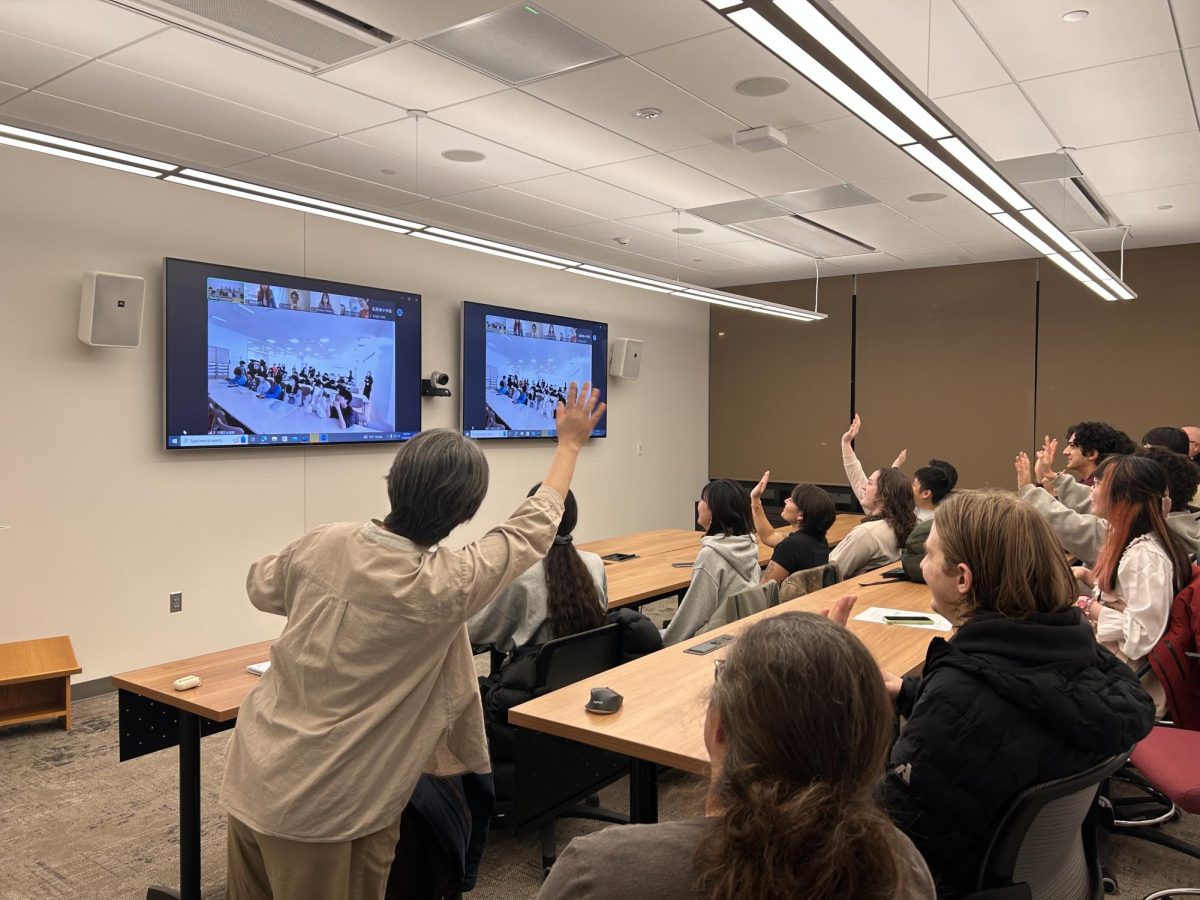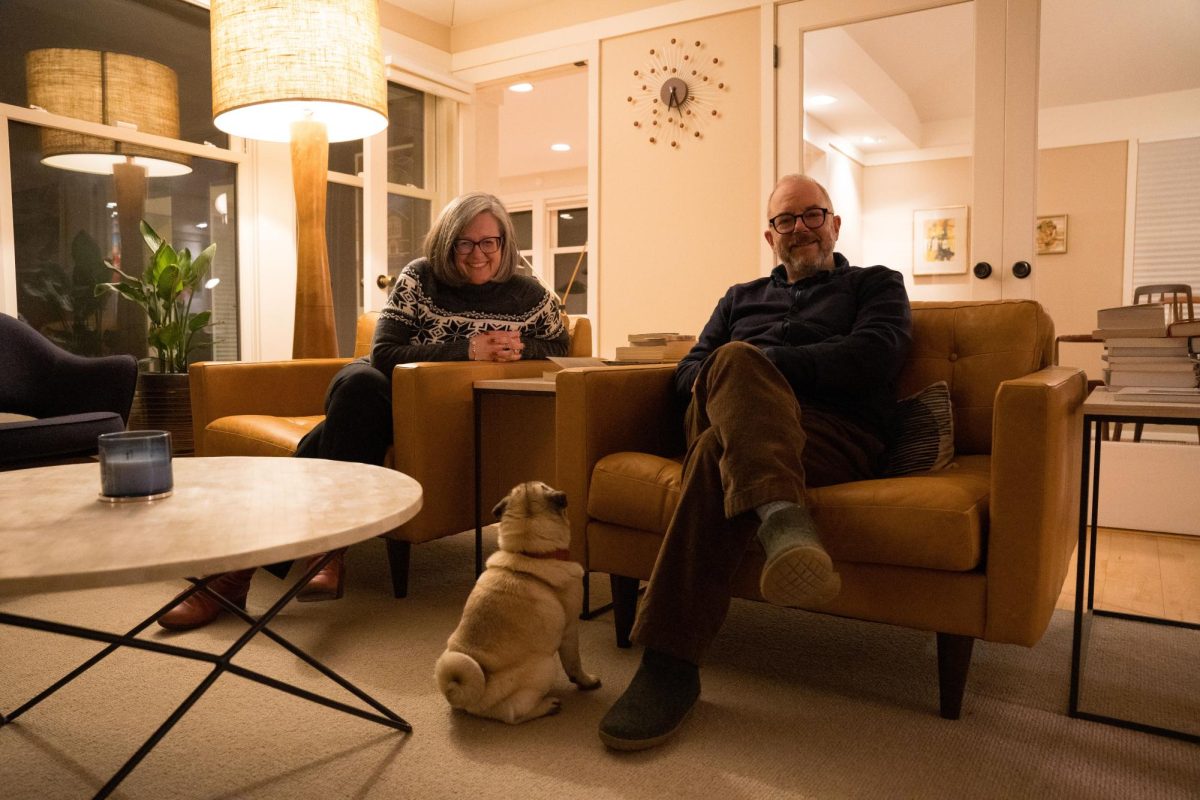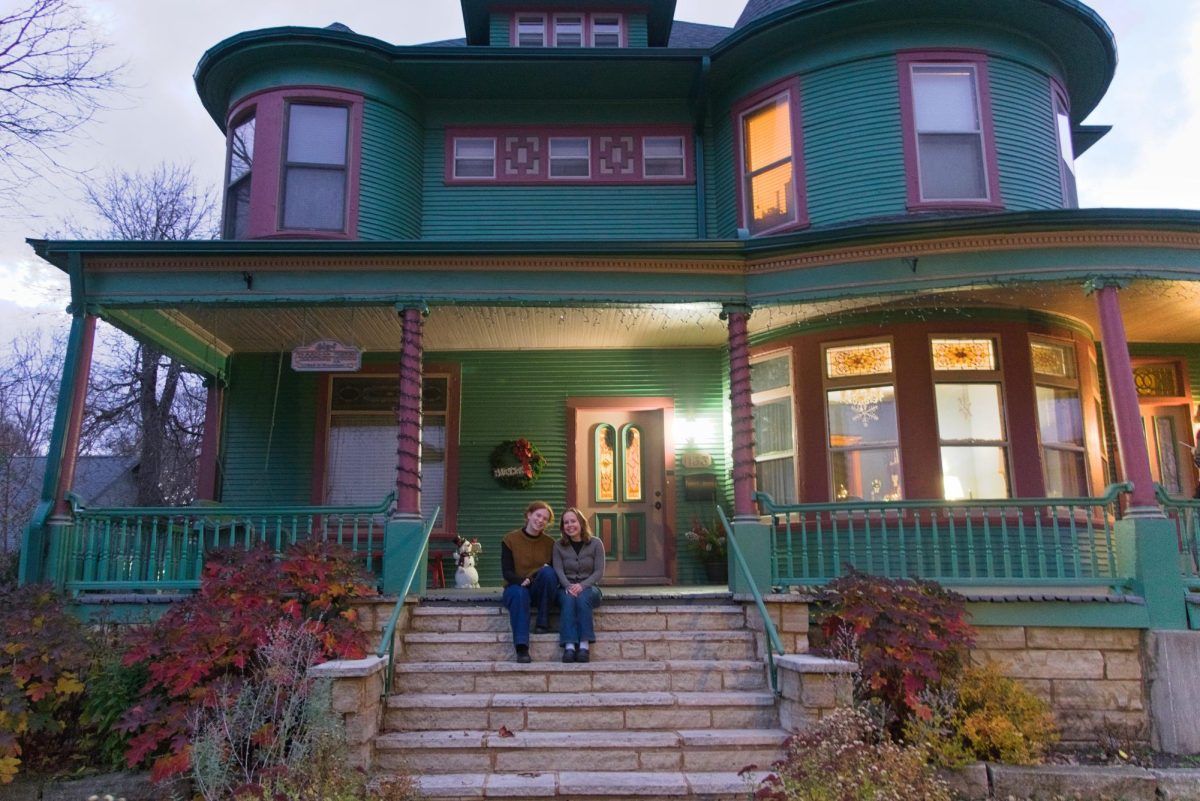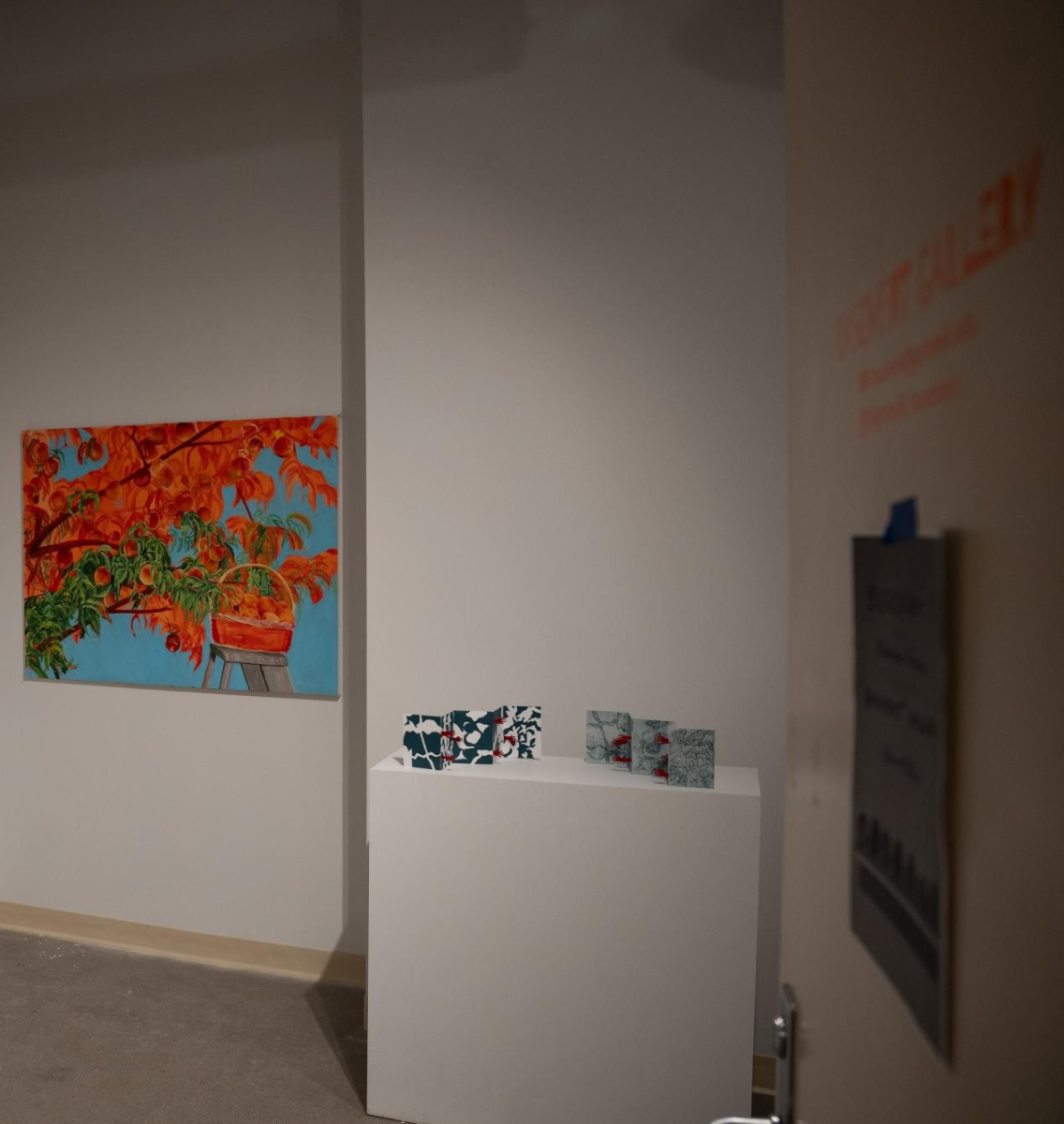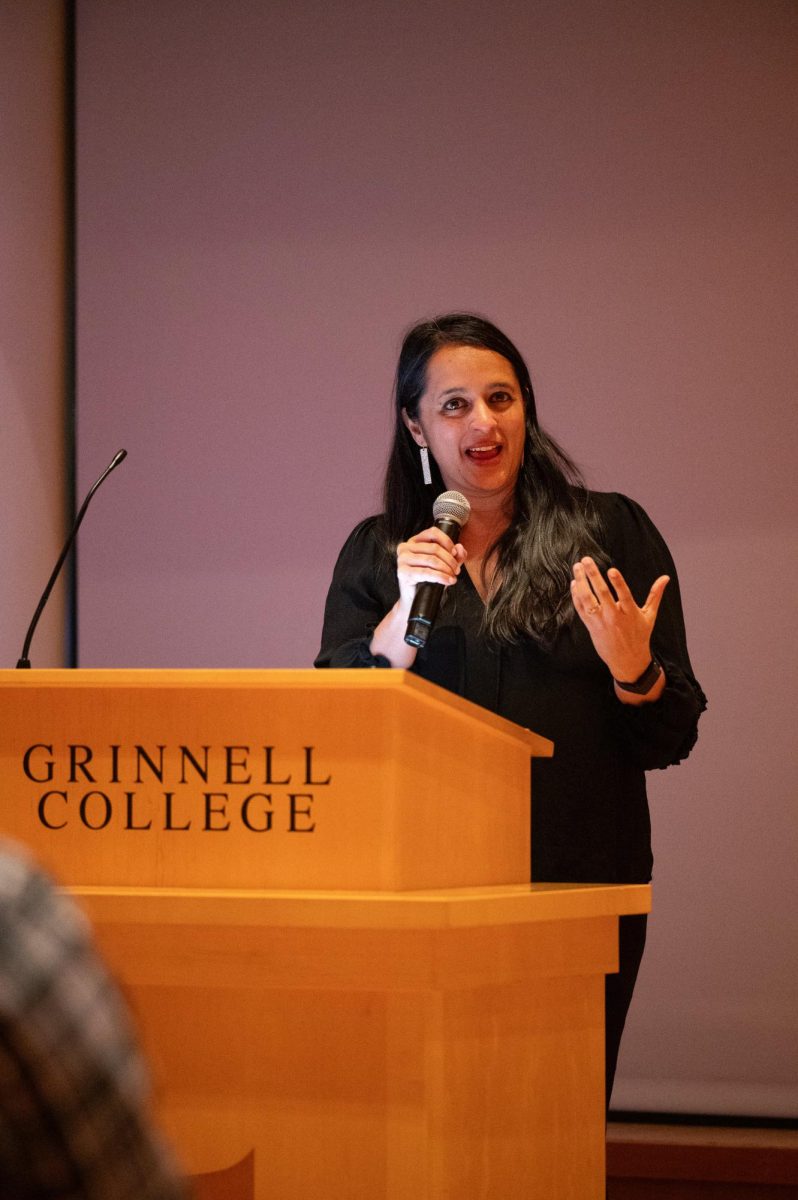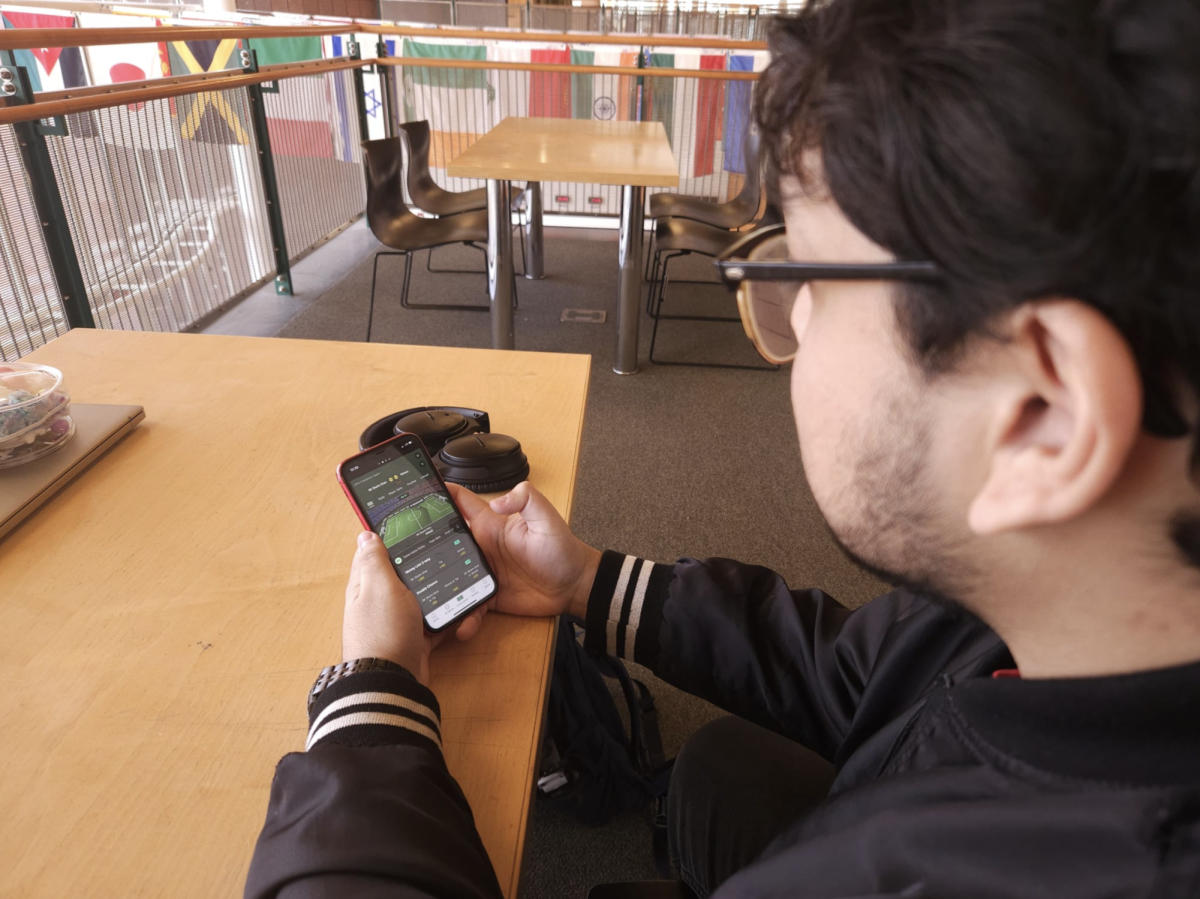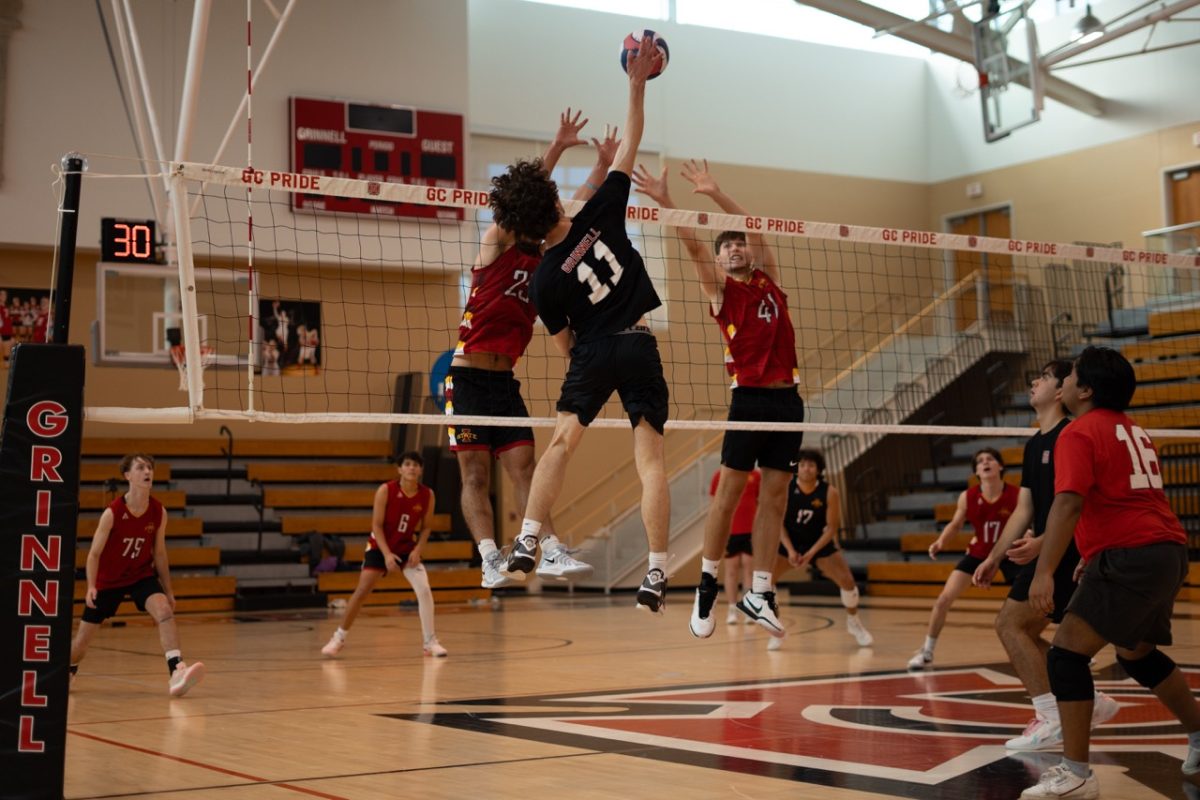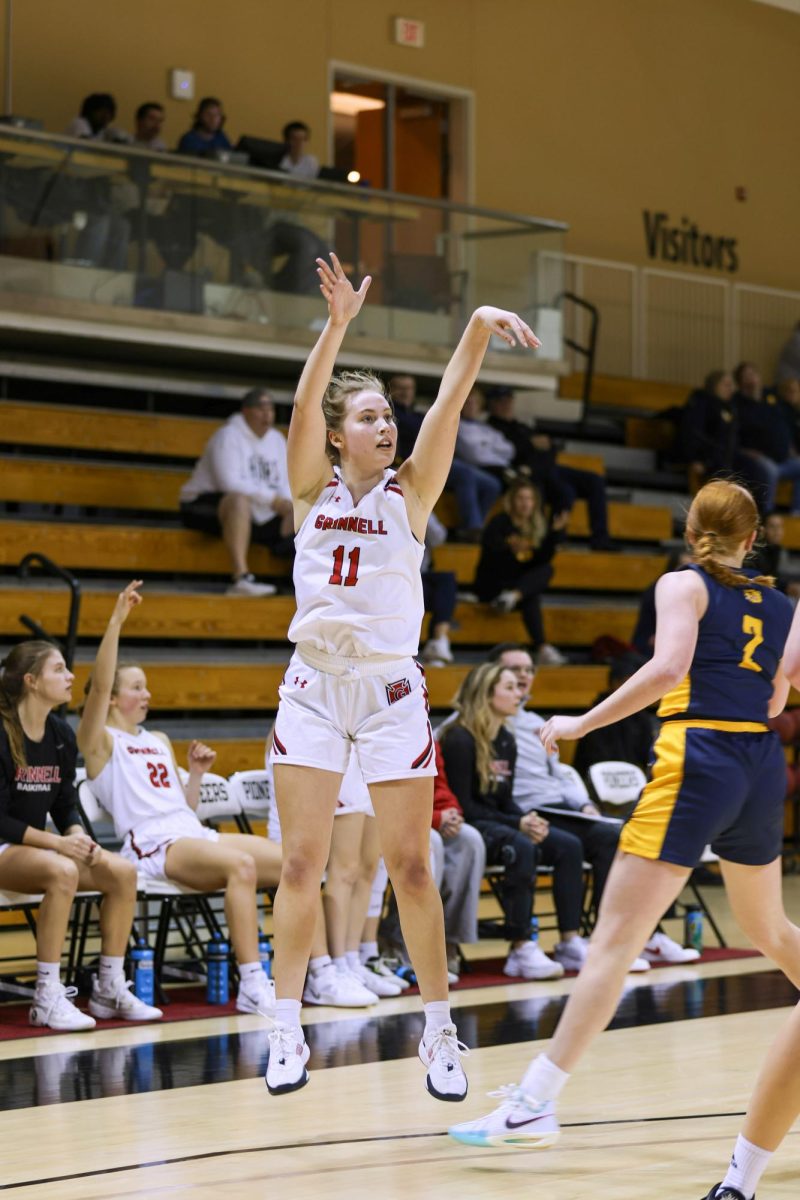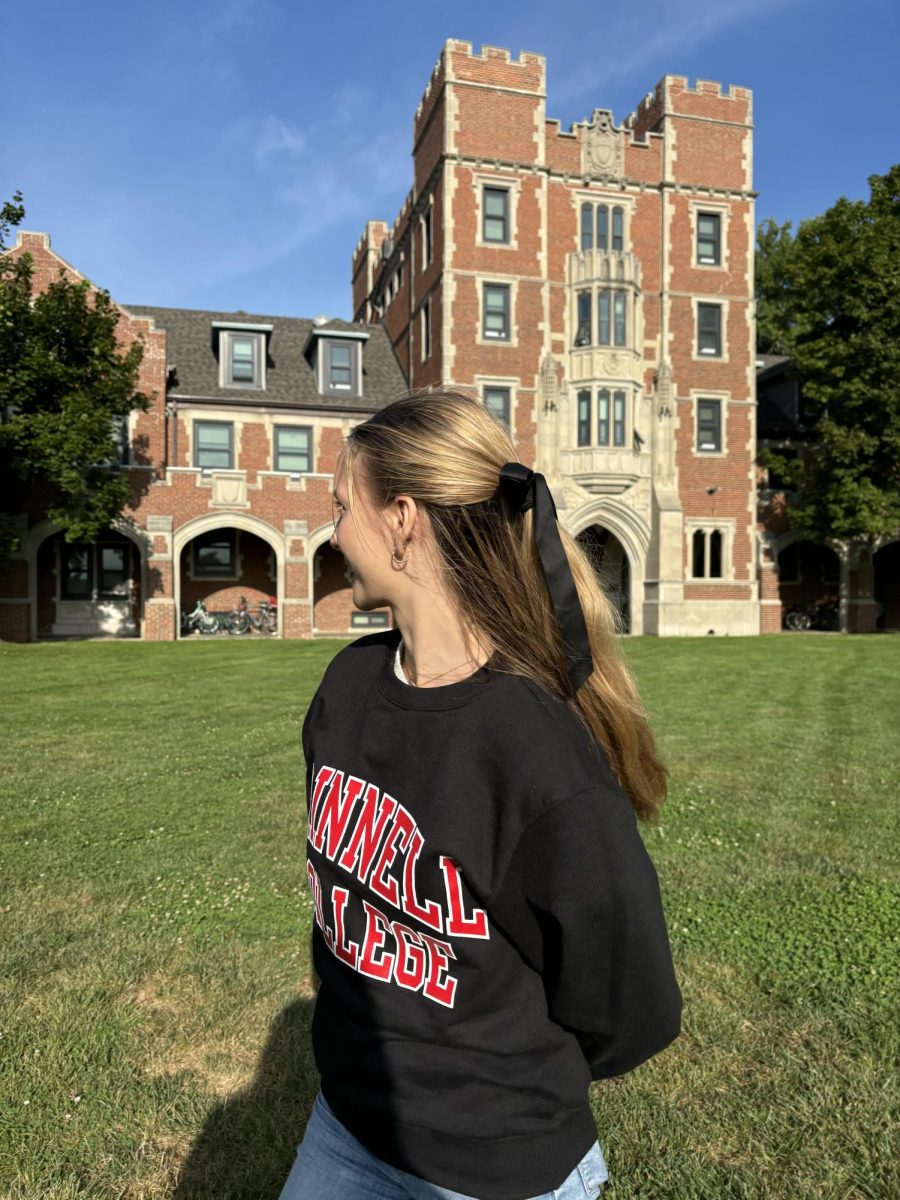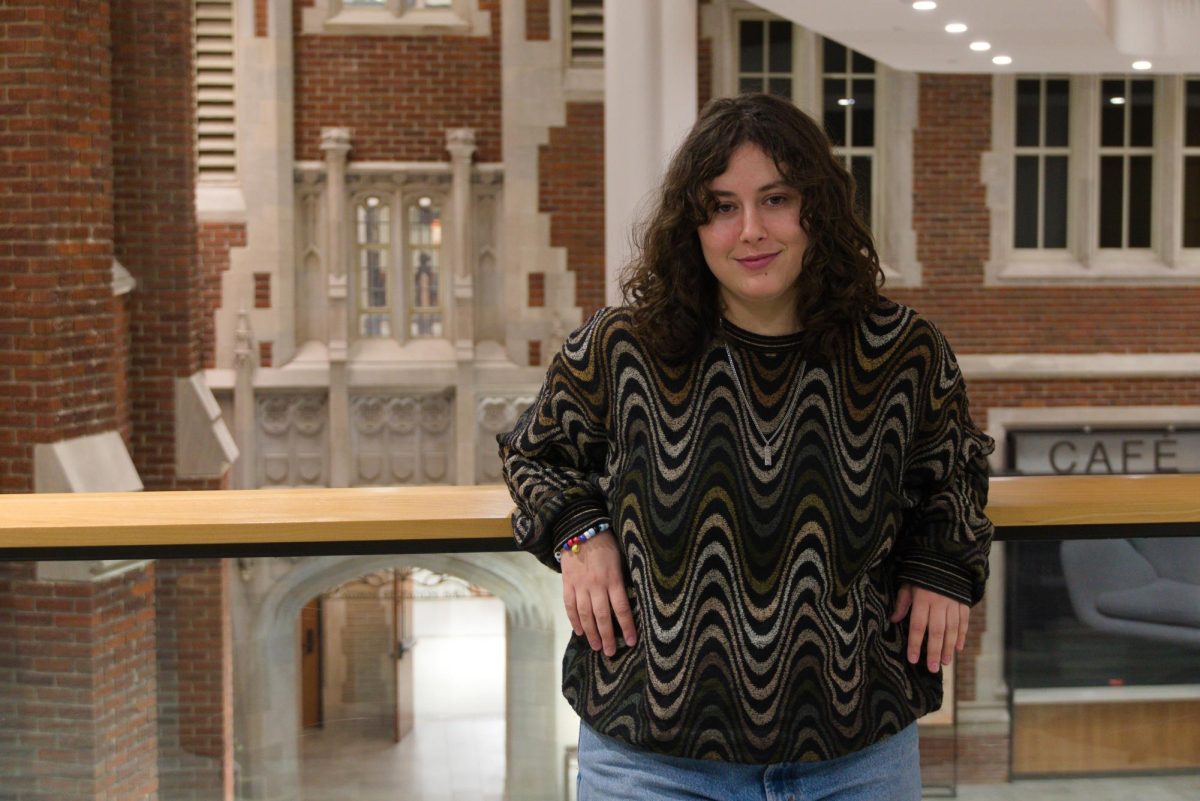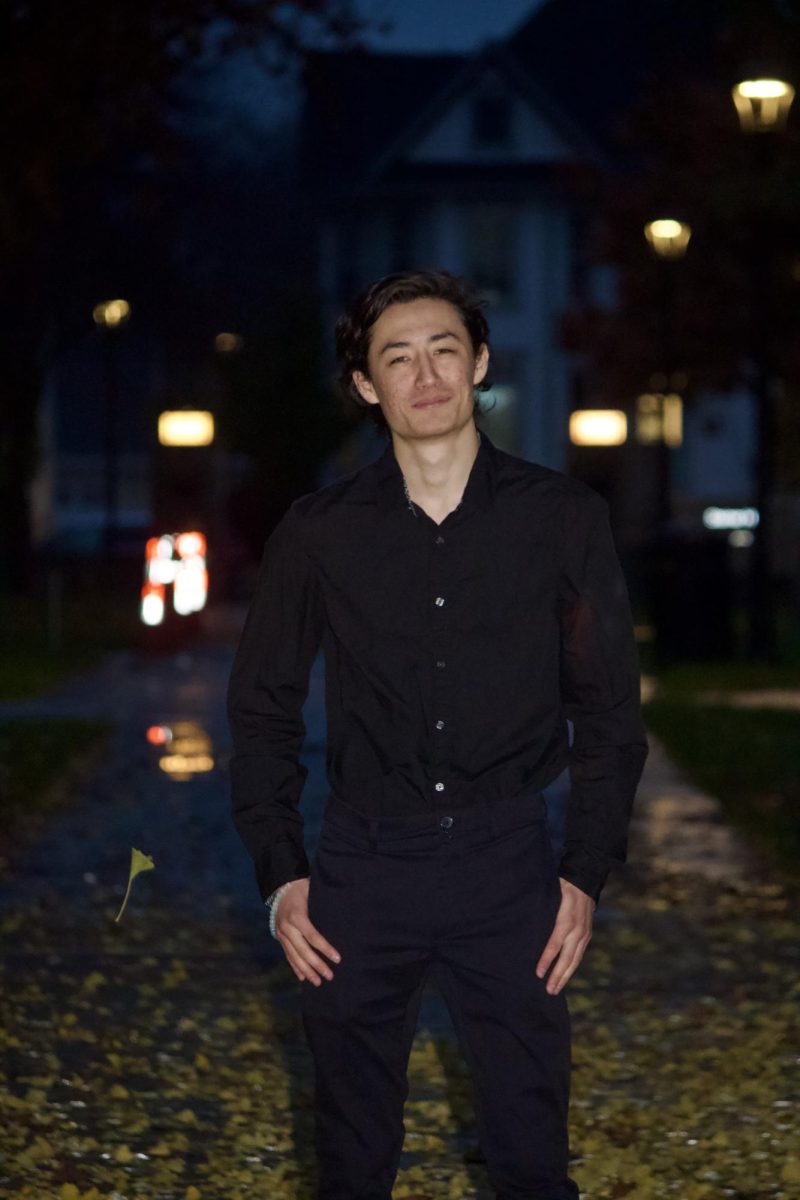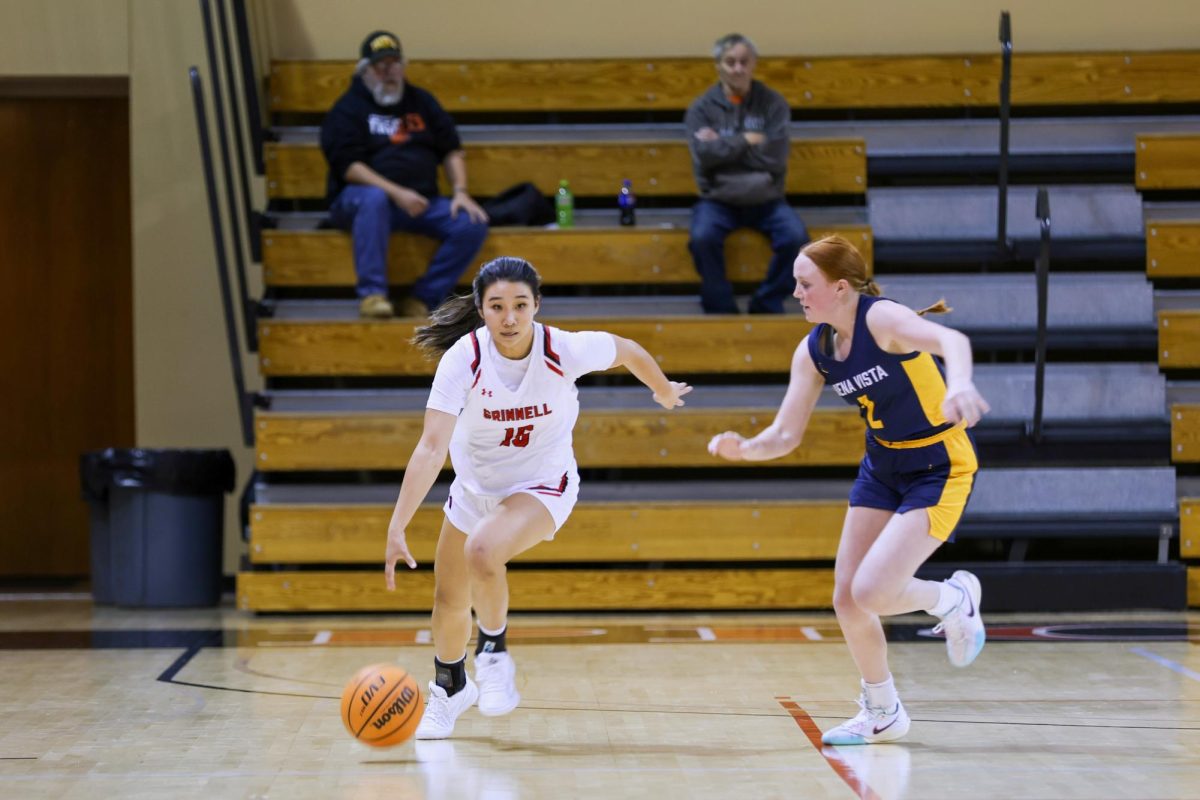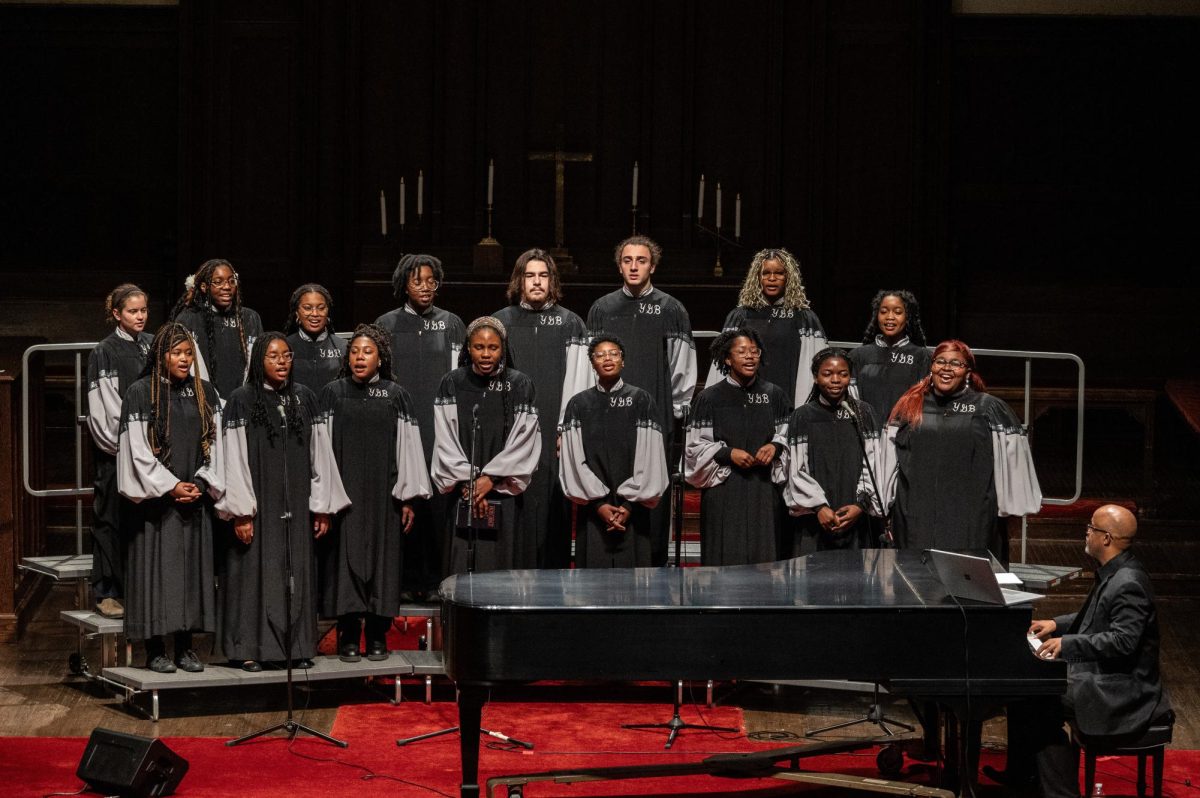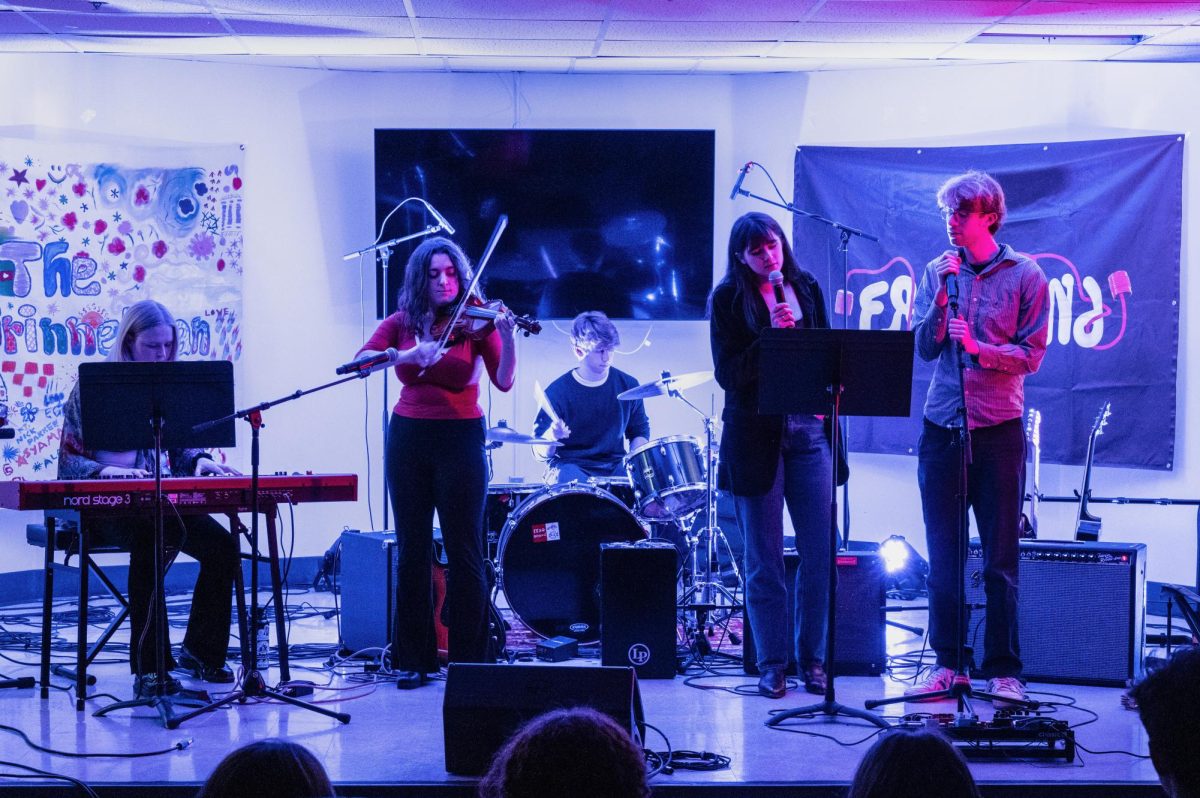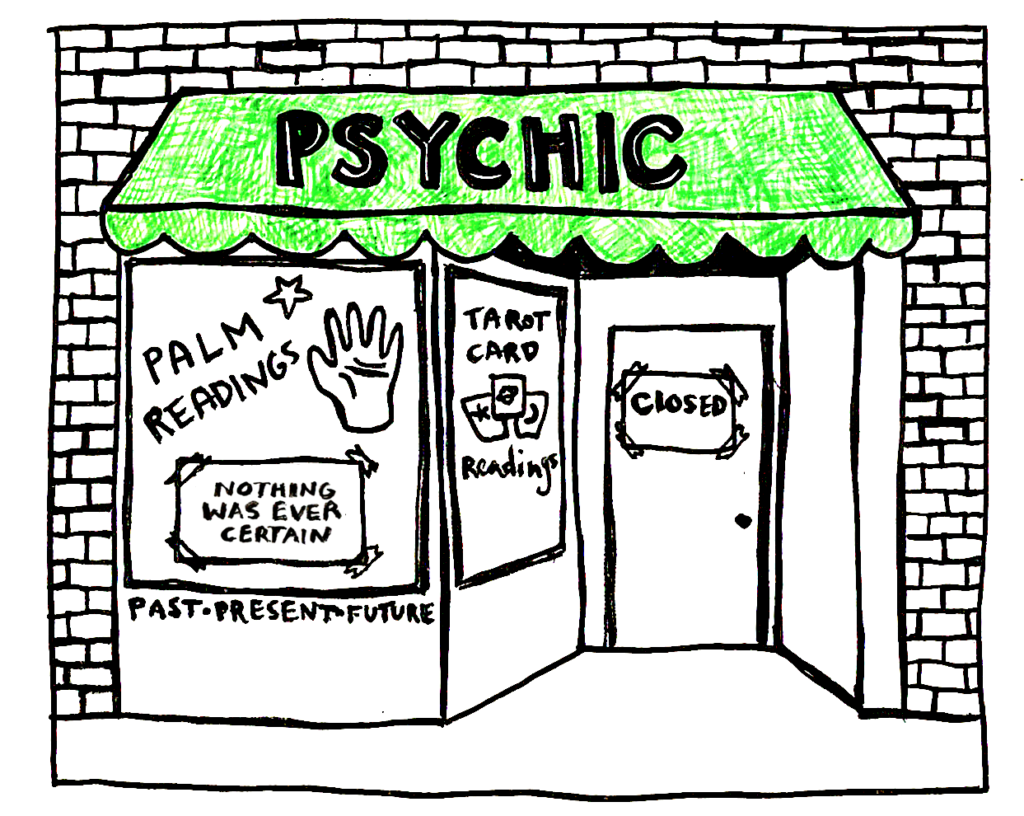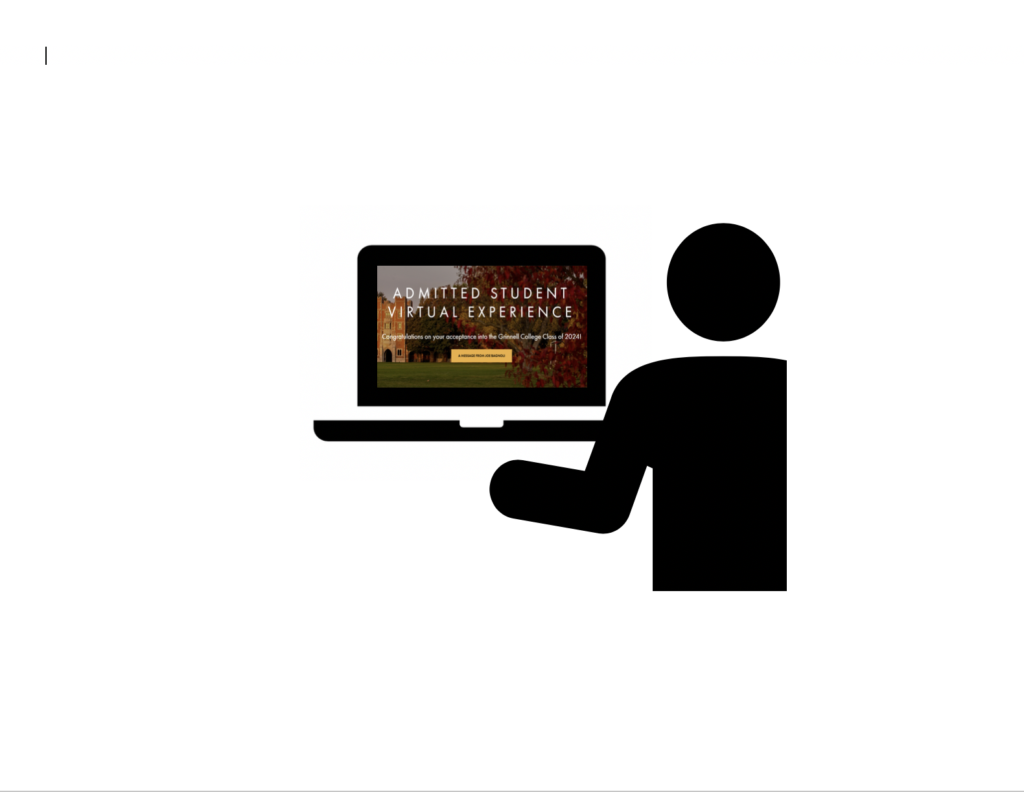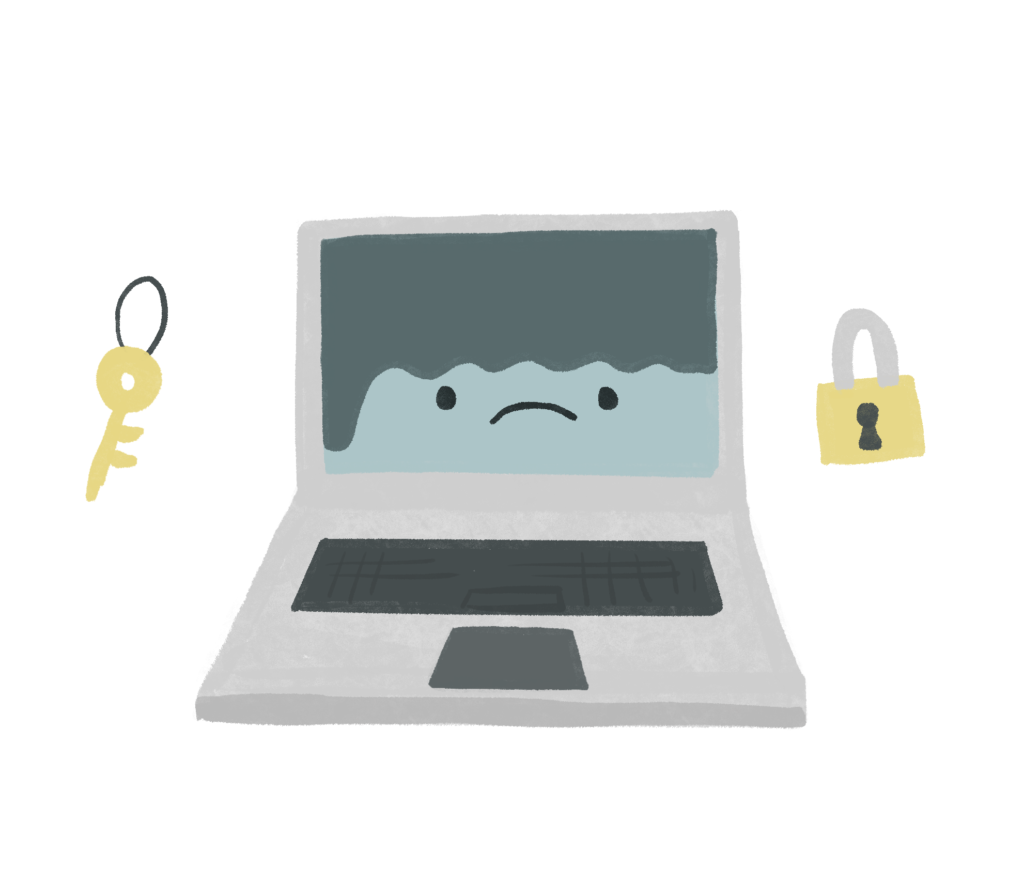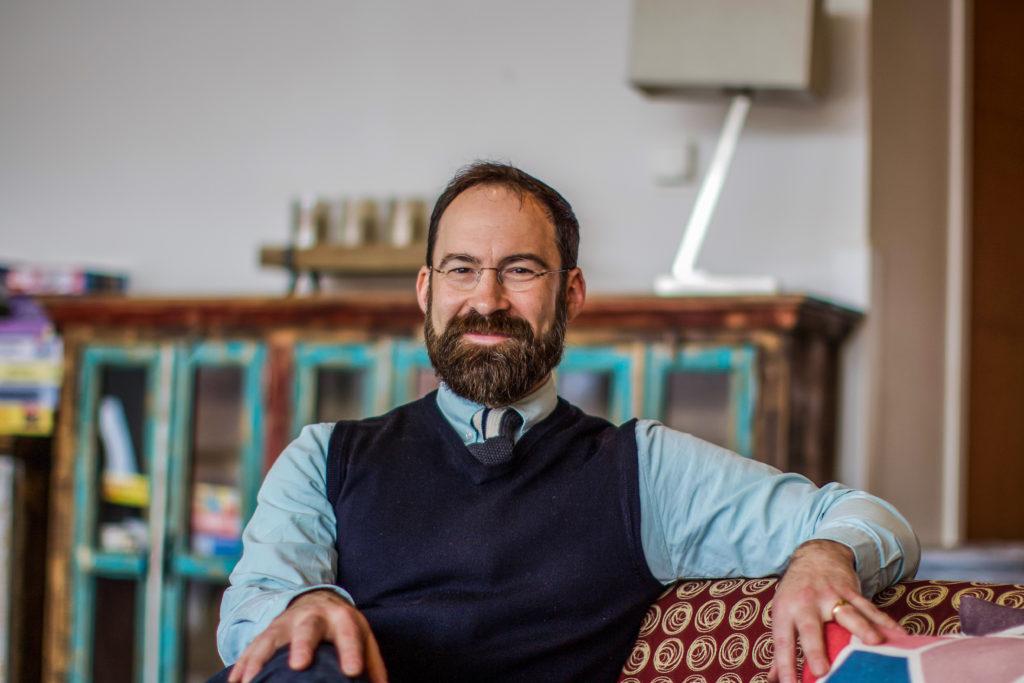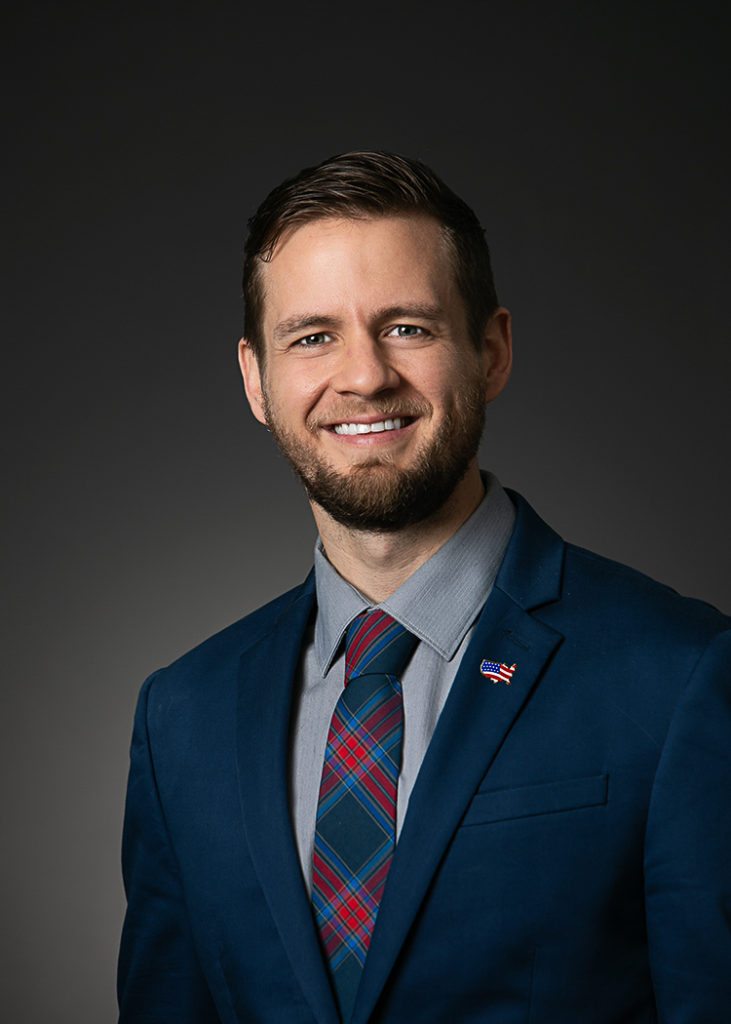The cost of attending Grinnell is going up. The College will increase the comprehensive fee by 6% next year, to $49,144, and financial aid by 9%.
Because the College meets all demonstrated need, if students’ need rises many will actually pay less tuition next year. For example, between 2010 and 2011, tuition increased by 3% but the average tuition paid per student decreased by $69. In fact, between the tuition increase and financial aid increase, the College will have a small decrease in revenue. However, students who pay full tuition will pay more next year.
“We think it’s reasonable to have the price go up given that our costs are going up,” said President Raynard Kington. “Those who do have the resources to pay should pay something closer to our peers.”
Grinnell will still rank at or among the bottom in price of its 12-school peer group, including Amherst, Bowdoin, and Carleton.
“I don’t think we’re uncomfortable at all being at the bottom of the list of our peers, that’s really not a criterion,” said Karen Voss, Vice President for Finance.
The tuition increase reflects the rising cost of providing higher education. It is not directly caused by new initiatives, according to Kington, since the costs of projects like new buildings are spread out over time.
“Costs are rising because costs are rising everywhere,” Kington said. “In general higher education rises at a rate faster than the economy as a whole primarily because higher education is very dependent on highly skilled, well educated, personalized work, so technology doesn’t drive down costs.”
The College will increase salaries by 2.5% for faculty and staff next year.
“In order to attract and retain good employees, the College would like to provide modest salary increases,” said Seth Allen, Dean of Admissions and Financial Aid.
Student reaction to the tuition increase was largely accepting.
“I really think it’s neutral,” said SGA President Ben Offenberg ’11. “I don’t think it’s really going to have an effect on most students.”
“The endowment alone didn’t provide the money and alumni giving has been low in the past two years,” said SGA Treasurer and President-Elect Gabe Schechter ’12.
The administration does not expect that the tuition increase will impact student recruitment.
“Four years ago the College increased the comprehensive fee by 14%. The following year the College received a record number of applications,” Allen said. “That suggests that there is less price sensitivity.”
“What is more important is the financial aid package, the real cost to individuals,” Kington said.
The actual cost is much less for most students than $49,144. Next year students are projected to get on average more than 60% off the sticker price through financial aid, and 87% of students receive some form of financial aid. Even $49,144 is not the real price of attending Grinnell, which is about $10,000 more than that and is subsidized by the endowment.
Kington encourages students to visit http://nces.ed.gov/collegenavigator/, a website that allows comparisons of the price and aid of different colleges, and to compare Grinnell to its peers.
“Overall I think the tuition isn’t all that outrageous given the type of school we’re going to and compared to other schools of the same academic caliber,” said Aiyana Turpen-Scott ’14. “My concern is that since they jumped it from 3% to 6% this year it’s going to go up again next year.”
The administration cannot predict what tuition will be in two years.
“We’ll look at our resources, look at our cost, look at our peers again, and look at our policies and make a judgment about what’s a reasonable increase, or no increase maybe,” Kington said.
